Japanese Cuisine, Japanese Knife
How to really enjoy Wagyu beef steak
When you read the title of this article, you might have thought “It’s a steak. You season it, and fry it in the pan. The wagyu will do the rest of the work”. (I actually thought so too before I did my research. I’m a medium cook). But that’s not how wagyu should be handled.
First thing first: you cannot cook Wagyu beef the same way as other beef steaks. Apparently.
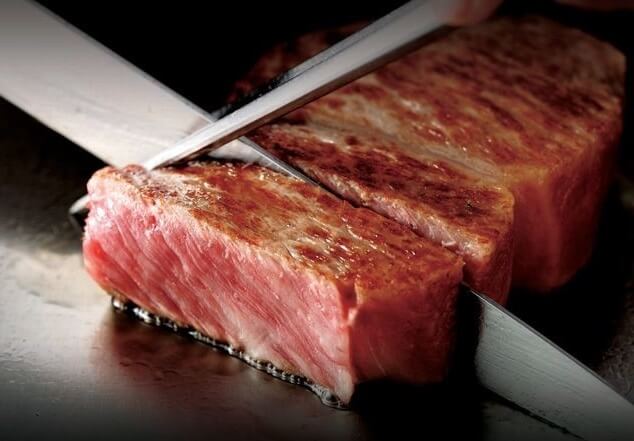
(Image: woman.mynavi.jp)
Step 1
The path to the perfect Wagyu beef steak begins from the refrigerating process. Often times, beef steaks are said to be better when cooked after it’s turned back to the room temperature. But for wagyu beef, you need to start preparing it as soon as you take it out of the refrigerator. This is because raising the temperature of the beef will melt the fatty part of the meat, letting it lose the sweet umami, which is supposed to be one of the main characteristics of wagyu beef.
Step 2
Cut out that huge block of fat.
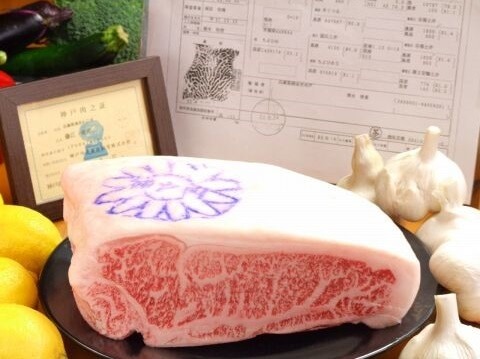
(Image: hotpepper.jp)
If you want to keep it, that’s okay too. But you need to make sure to separate the hard muscle between the fat and the red meat in order to keep the meat from shrinking. At this point, you can sprinkle salt and pepper onto both sides of the meat. It’s better to sprinkle more than you think is enough (according to a professional chef, please don’t blame me), but do not go overboard with the sprinkles. It’s only a sprinkle after all.
Step 3
Throw the separated fat (or cooking oil if you didn’t) into a heated pan, let it sit for a while to let the oil ooze out. Keep the pan at high temperature. After a while, take the fat out and begin cooking the steak. The high heat will quickly fry the surface of the steak, and will keep the fat from escaping the meat. After you flip the meat, turn off the heat and keep cooking with the remaining heat.
Step 4
When the meat is ready, prepare a plate. Preferably a black one (it emphasizes the red of the meat), more than double the size of the meat. Just for décor.
If you like a fancy wagyu beef plate, professional chefs recommend either cooking all of those beforehand, or just buy them at a supermarket. They say focus on the meat, the meat comes last, the meat is the most important.
Step 5
This is probably the most important part…
Do not cut the beef with a dull knife….!
Some people like the steak cut before they place it on a plate. This is highly recommended especially with a sharp knife, because cutting a steak with a dull knife, or worse, a table knife, often pressures the meat and lets the fat leak onto the plate, which is neither pretty nor the whole experience of wagyu beef in your mouth.
If you want to enjoy all of wagyu at once, you’re recommended to slice the steak with correctly sharpened knife before you place it on the plate.
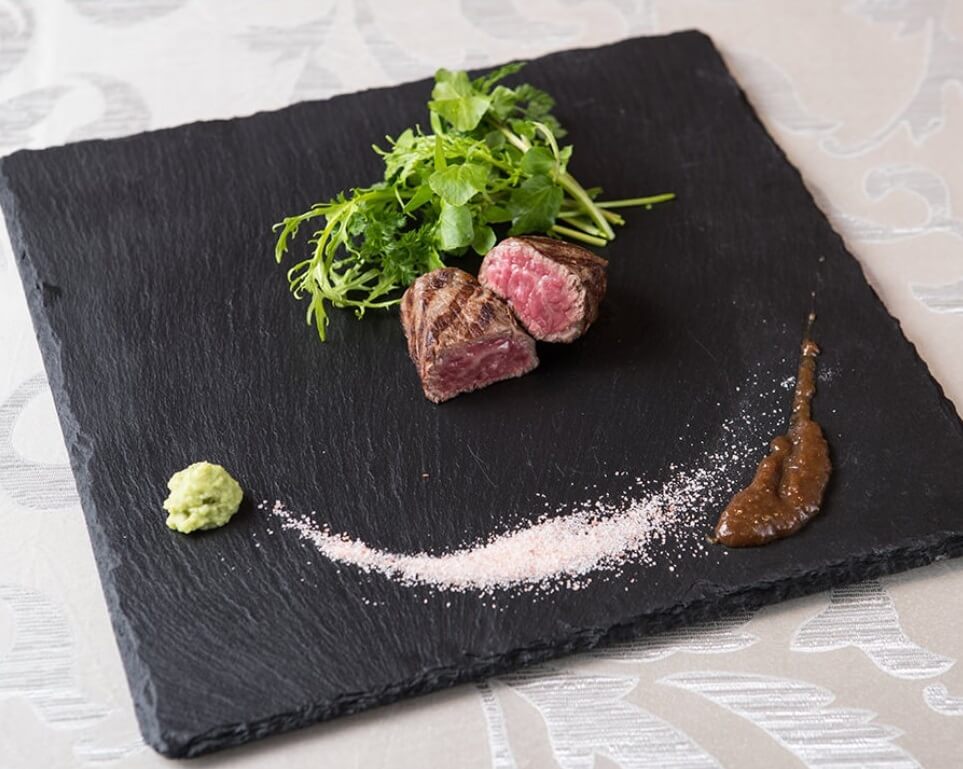
Bonus:
-prepare a variety of condiments for enjoyment
-chefs usually recommend salt and wasabi
-personally though, I like ponzu sauce

Author - Kanna
A writing/translating enthusiast and a part-time illustrator, recently graduated from Sophia University. My expertise is in media and English studies, but I am also interested in a wide variety of fields, including traditions of art in Japan and how it has changed and been preserved. I hope people find interest in Japan through this blog!

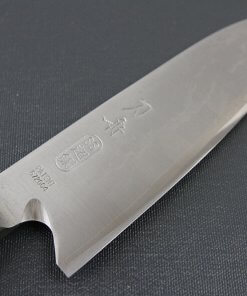
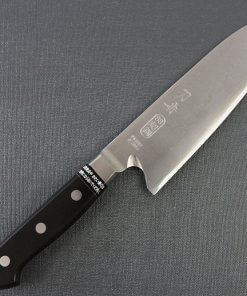

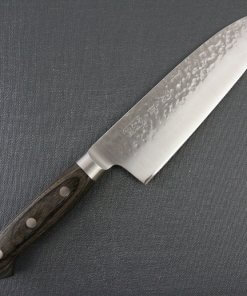
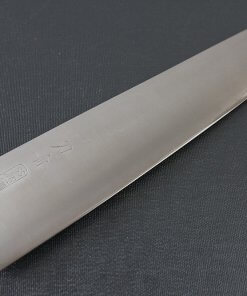
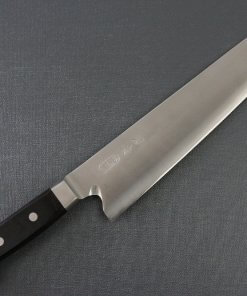
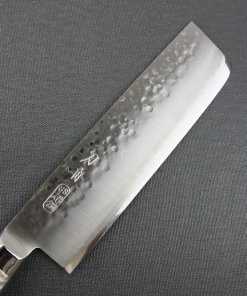
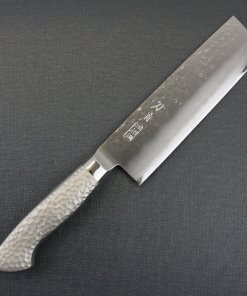
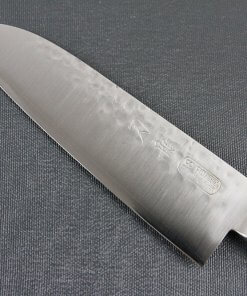
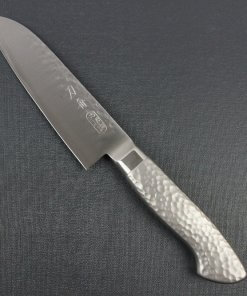
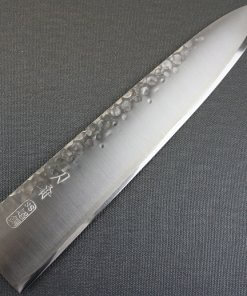
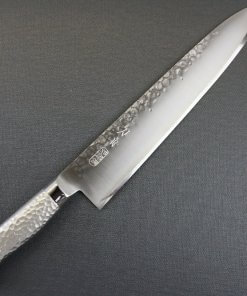
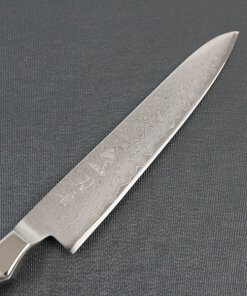
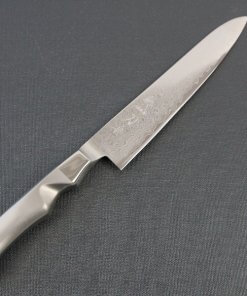
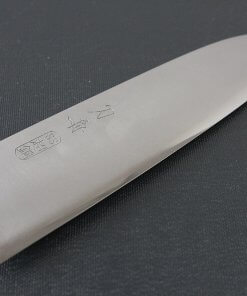
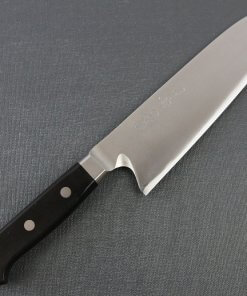
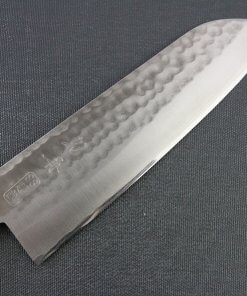
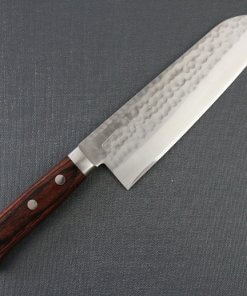
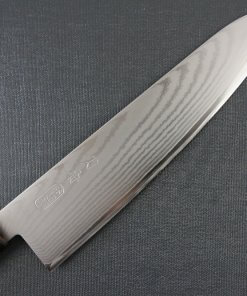
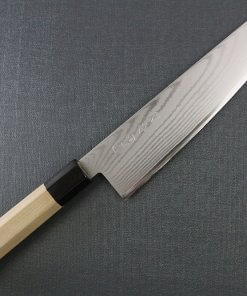

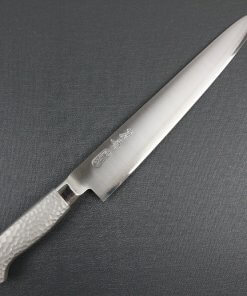
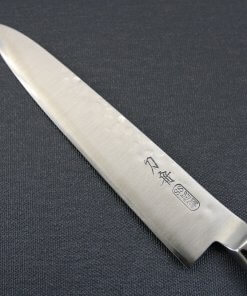
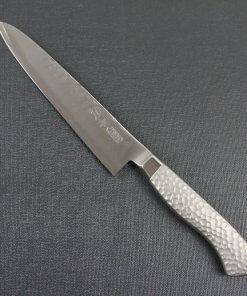
About Orientalsouls.com
Learn and Buy Japanese Craftsmanship, Tradition & Culture
OrientalSoul.com is the online shop where you can buy traditional crafts of Japan.
We only sell selected authentic products in which true spirits of Japanese craftsmanship exist.
You may be able to find similar products in other shops for lower prices. However, we sell products based on fair prices that worth labor and value of experienced craftsmen.
In addition, we introduce stories about product history, how a product is made, what makes it different from others, and how the product enriches your life!